Diego Rivera Paintings Mexican Revolution
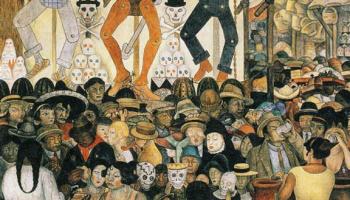
12 Of The Most Famous Paintings By Diego Rivera Artisticjunkie Com

Diego Rivera S Dream Of A Sunday Afternoon A Surrealist Tableau Of Mexican History Youtube

4 Places To See Diego Rivera S Murals In Mexico City Wanderlusterful
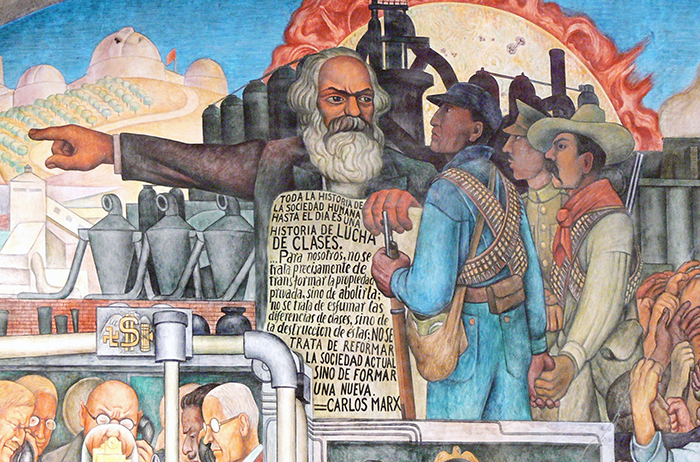
The History Of Mexico Diego Rivera S Murals At The National Palace Article Khan Academy
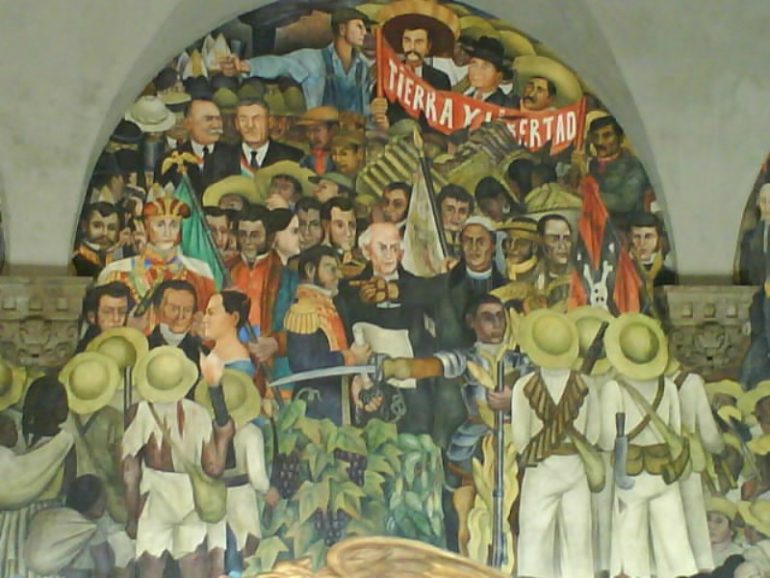
Diego Rivera

Diego Rivera And Frida Kahlo Portraits Of A Very Modern Marriage The Independent The Independent
Meets Mexican artist, Frida Kahlo Dance in Tehuantepec 1928 1928 July 17 Mexican PresidentElect Obregon is assassinated 1929 August 29 Diego and Frida married in legal secular wedding ceremony 1929 Paints mural in the stairwell at the National Palace and one at the Ministry of Health.

Diego rivera paintings mexican revolution. Diego Rivera is considered among the greatest Mexican artists He is famous for creating murals that showed the struggles of the Mexican working class and indigenous Mexicans His scandalous relationship with fellow Mexican artist Frida Kahlo remains a part of pop culture Here are 10 interesting facts about the life and works of this controversial and famous Mexican artist. Other prominent paintings of Rivera include Avila Morning (1908), Sunflowers, Detroit Industry Murals (, comprising of 27 panels), The History of Mexico (, located on the stairwell of Mexico City’s National Palace), Sunflowers, and the House on the Bridge. The traveling exhibition is focused on the postMexican Revolution artworks of Kahlo, Rivera and their contemporaries, including Lola Alvarez Bravo, Gunther Gerzso, María Izquierdo and Carlos.
Almost all of Rivera's art told a story, many of which depicted Mexican society, the Mexican Revolution, or reflected his own personal social and political beliefs, and In the Arsenal is no different It is based on a Corrido, a popular type of song in Mexico written by Rivera and called "So will be the proletarian revolution". Diego Rivera was the most visible figure in Mexican muralism, a largescale publicart initiative that emerged in the 19s in the wake of the Mexican Revolution During the Mexican Revolution that began in 1910 Diego Rivera used his talents as a painter to fuel the movement with passion. Using Kahlo and Rivera’s lives and works as a guide, their new exhibit “Frida Kahlo, Diego Rivera, and Mexican Modernism” widens the scope of the movement beyond its two most famous names.
There, they delved into postimpressionist motifs and explored futurism and cubism For more than a decade, artists such as Diego Rivera, Ángel Zárraga, and Roberto Montenegro earned ample recognition in Paris’s avantgarde inner circles When the Mexican Revolution in 1910 broke out, however, their artistic futures seemed uncertain. This fresco painting by Diego Rivera shows economic inequality on a plantation in the southern Mexican state of Morelos before the country’s revolution of 1910– In the foreground, an indigenous Indian woman with the distinctive braids and white clothing of a peasant, along with two children, harvests papaya fruits. This tenpanel mural marks the last time Rivera was in the United States, having completed it in November of 1940 Almost like an exhibit himself, Rivera was on display as he painted, and was awarded a generous $1,000 per month as well as $1,000 for travel expenses during his stay while completing the work.
Active during the first half of the twentieth century, Diego Rivera (16 – 1957) was a Mexican painter who is most famous for his large wall paintings or murals Considered a genius who could turn his hand to any style including Impressionist, PostImpressionist, Cubist and Flemish , Rivera believed that everyone should be able to view his art and hence painted large murals on public buildings. His large frescoes helped establish the Mexican mural movement in Mexican art Between 1922 and 1953, Rivera painted murals among others in Mexico City, Chapingo, Cuernavaca, San Francisco, Detroit, and New York City In 1931, a retrospective exhibition of his works was held at the Museum of Modern Art in New York. She has been with the DAM since 15 Diego Rivera (16–1957), born in Guanajuato, Mexico, was among the most famous and successful artists of his day, best known for his murals in Mexico and the United States In 1931, he was only the second artist to be honored with a solo retrospective at the Museum of Modern Art (Henri Matisse was the first) United in their shared passions for art and radical politics, Frida Kahlo and Diego Rivera married in 1929.
Mexican Modernism Revolution & Reckoning features a rotation of works representing a pivotal time in Mexico’s history, from the end of the Mexican Revolution to the middle of the th century Over the course of one year, this exhibition will display close to 80 rotating works by wellknown artists such as Diego Rivera, José Clemente Orozco and Rufino Tamayo as well as other influential. This course is about Mexican Muralism The artists of the Mexican Muralist movement painted the history of the Mexican Revolution These murals are painted to teach and glorify the achievements of the Mexican Revolution It is one of the great and unique movements in world art history We will study the works by Diego Rivera, Jose Clemente Orozco, David Alfaro Siqueiros and various other artists. This course is about Mexican Muralism The artists of the Mexican Muralist movement painted the history of the Mexican Revolution These murals are painted to teach and glorify the achievements of the Mexican Revolution It is one of the great and unique movements in world art history We will study the works by Diego Rivera, Jose Clemente Orozco, David Alfaro Siqueiros and various other artists.
Frida Kahlo, Diego Rivera, and Mexican Modernism from the Jacques and Natasha Gelman Collection explores the Mexican modernism movement through more than 150 artworks Featuring paintings and photographs by internationally celebrated artists Frida Kahlo, Diego Rivera, Lola Álvarez Bravo, Gunther Gerzso, María Izquierdo, Carlos Mérida, and others, the exhibition takes a closer look at the. December 8, 16 – November 24, 1957), was a prominent Mexican painterHis large frescoes helped establish the mural movement in Mexican and international art Between 1922 and 1953, Rivera painted murals in, among. One of Rivera’s most complex and successful mural cycles was painted in the former Jesuit chapel in Chapingo, which served as the auditorium of the Escuela Nacional de Agricultura (now the Universidad Autónoma) The artist devised a programme of 41 fresco panels in which socialist revolution parallels the evolution of nature.
An engrossing exhibition at the Philadelphia Museum of Art, “Paint the Revolution Mexican Modernism, ,” includes an ample cross section of Rivera’s work and several iconic pieces by his. Diego Rivera was the most visible figure in Mexican muralism, a largescale publicart initiative that emerged in the 19s in the wake of the Mexican Revolution During the Mexican Revolution that began in 1910 Diego Rivera used his talents as a painter to fuel the movement with passion. His political fervor for leftist.
Following the Mexican Revolution, the new Mexican government contracted artists such as Diego Rivera to paint public murals all over Mexico Among other artists such as Jose Clemente Orozco and David Alfaro Siqueiros, Rivera was one of the first artists recognized and actually supported by the Mexican government. Viewed against a backdrop of Mexico's seemingly endless revolution, the paintings of Diego Rivera and his circle were storyboards for a new consciousness By Frances Stonor Saunders. Many people today see Mexico through his eyes, and his art has affected the way we think about this country In contrast to Rivera’s murals glorifying Mexico’s heritage, and Siqueiros’s belief in a science fiction future, the work of Orozco was somber and full of dire prophecy.
The Mexican government commissioned Rivera and other famous Mexican artists including Orozco and Siquieros to paint scenes about Mexican history Rivera was hired by the government to portray native people in a better light, and to criticize the Spaniards They did this to celebrate the Mexican Revolution, the overthrow of the Porfirio Diaz dictatorship, and the new government The History of Mexico mural consists of four main sections The murals are huge, some as big as 70 meters by 9 meters. Other prominent paintings of Rivera include Avila Morning (1908), Sunflowers, Detroit Industry Murals (, comprising of 27 panels), The History of Mexico (, located on the stairwell of Mexico City’s National Palace), Sunflowers, and the House on the Bridge. The Mexican Revolution, as the struggle came to be known, also occasioned a dramatic shift in the country’s art world Emboldened and inspired, painters such as married couple Frida Kahlo and Diego.
Diego Rivera Paintings A Mexican muralist painter, Diego Rivera (December 8, 16 – November 24, 1957) was an outspoken member of the Mexican communist party and husband to painter Frida Kahlo After painting a series of murals in Mexico, Rivera’s travels brought him to the Soviet Union to take part in the anniversary celebrations of the October Revolution, and later to the United States with his wife Frida Kahlo. Viewed against a backdrop of Mexico's seemingly endless revolution, the paintings of Diego Rivera and his circle were storyboards for a new consciousness Aztec traces Diego Rivera's fresco. Before the revolution, the Mexican art scene was heavily influenced by European aesthetics and sentiment Diego Rivera’s murals diverged from the art of that time Rivera along with fellow artists Jose Clemente Orozco and David Alfaro Siqueiros—who are known as los tres grandes or ‘the big three’—played a leading role in constructing a national identity.
Diego Rivera, in full Diego María Concepción Juan Nepomuceno Estanislao de la Rivera y Barrientos Acosta y Rodríguez, (born December 8, 16, Guanajuato, Mexico—died November 25, 1957, Mexico City), Mexican painter whose bold largescale murals stimulated a revival of fresco painting in Latin America A government scholarship enabled Rivera to study art at the Academy of San Carlos in Mexico City from age 10, and a grant from the governor of Veracruz enabled him to continue his studies. A Mexican muralist painter, Diego Rivera (December 8, 16 – November 24, 1957) was an outspoken member of the Mexican communist party and husband to painter Frida Kahlo After painting a series of murals in Mexico, Rivera’s travels brought him to the Soviet Union to take part in the anniversary celebrations of the October Revolution , and. Diana Loercher Pazicky expresses the wave of populist fervor swept over Mexico and found pictorial expression in hands of muralists such as Diego Rivera, this was a repercussion from the Mexican Revolution which chipped away at the repressive oligarchic regime and gradually brought about agrarian, educational, and labor reforms during the second decade of this century.
Mexican artist Diego Rivera responded to this question when he painted The History of Mexico, as a series of murals that span three large walls within a grand stairwell of the National Palace in Mexico City In Rivera’s words, the mural represents “the entire history of Mexico from the Conquest through the Mexican Revolution down to the ugly present”1. December 8, 16 – November 24, 1957), was a prominent Mexican painterHis large frescoes helped establish the mural movement in Mexican and international art. European Artist at the Dawn of the Mexican Revolution Notes on Diego Rivera Dec 8 is the birthday of an artist whose studies of Italian, French and Spanish paintings evolved into a mural style.
A Mexican muralist painter, Diego Rivera was an outspoken member of the Mexican communist party and husband to painter Frida Kahlo Rivera began drawing at the age of three, one year after the death of his twin brother Carlos His father built him a studio with chalkboard and canvas on the walls to keep him from drawing on the walls and furniture. Rivera was the bestknown and most prolific artist of the Mexican mural renaissance, which began in the 19s in the wake of the Mexican Revolution Through governmentsponsored public murals, he and other Mexican artists sought to communicate and foster national pride, and in the process they captured the public imagination in the United States as well. Diego María de la Concepción Juan Nepomuceno Estanislao de la Rivera y Barrientos Acosta y Rodríguez, known as Diego Rivera (Spanish pronunciation ˈdjeɣo riˈβeɾa;.
Many people today see Mexico through his eyes, and his art has affected the way we think about this country In contrast to Rivera’s murals glorifying Mexico’s heritage, and Siqueiros’s belief in a science fiction future, the work of Orozco was somber and full of dire prophecy. Many of Diego Rivera murals depicted Mexican history and society, especially the 1910 Mexican Revolution The mural In the Arsenal from 1928 is no exception Detail of the In the Arsenal mural depicted here shows Frida Kahlo while she is handing out munition to revolutionary soldiers. Three artists would be at the forefront of this change – David Alfaro Siqueiros, Diego Rivera, and Jose Clemente Orozco However, in 1910 the political revolution had just begun, and the country wasn’t as yet ready for a cultural revolution That year, Diego Rivera was spending his third year in Europe on an art scholarship from the government.
The Mexican painter Diego Rivera remains one of the most highly recognizable Latin American artists of the twentieth century his name synonymous with Mexico's artistic and cultural renaissance Rivera was simultaneously a modernist precursor and pioneer, while also a leading exponent and visionary leader of the Mexicanidadmovement whose impact would transcend national borders and reverberate throughout North and South America. Zapatista Landscape represents the realization of Rivera’s Mexican Cubist variation, and is today considered a masterpiece Its title references Emiliano Zapata, a celebrated guerrilla leader of. A man stands next to murals by Diego Rivera in the Education Secretariat in Mexico City in April 17 Ronaldo Schemidt/AFP via Getty Images Los Tres Grandes /The Three Greats were all muralists A.
Diego Rivera was perhaps the most influential Mexican artist of the th century Among other things, his largescale murals led to a revival of fresco painting in Latin America Rivera was the most famous Mexican artist during his time but with time his fame has been surpassed by his wife Frida Kahlo Masterpiece Man at the Crossroads (1934). Tasked with the challenges of revitalizing Mexican culture and promoting proRevolution ideals, the government decided to fund a public art program Known today as Mexican Muralism, the government employed several prominent painters for this projectturnedmovement, including José Clemente Orozco, David Alfaro Siqueiros, and, of course, Diego Rivera Collectively known as “the big three,” these artists addressed major Revolutionary themes, like human suffering (a motif favored by Orozco. Diego Rivera's "Zapatista Landscape" applies Picasso’s Cubism — a revolution in seeing — to a revolutionary subject, the leader of a Mexican peasant revolt.
Diego Rivera, born in 16, was one of the leaders of the Mexican Mural Movement of the 19s A member of the Communist party, he created popular political murals throughout Mexico that often. As a movement, it began in the 19's with artists painting large murals filled with political messages after the Mexican Revolution Diego Rivera was just one artist in this movement I planned my day with visits to see examples of Diego Rivera paintings in Mexico City. History of Morelos, Conquest and Revolution () was a fresco painted by Mexican artist Diego Rivera in Cuernavaca's Palace of CortésThe piece was commissioned by Dwight Morrow, US Ambassador to Mexico at the time Rivera chose the history of Mexico's conquest for the subject of the mural.
Rest and Work, 1941, by Jean Charlot, Color lithograph, 12 5/6 X 18 1/2 inches During the 19s, one of the hottest venues in the art world was the Mexican Ministry of Public Education, where Diego Rivera was painting the frescoes that would revive mural painting in the West. Zapatista Landscape represents the realization of Rivera’s Mexican Cubist variation, and is today considered a masterpiece Its title references Emiliano Zapata, a celebrated guerrilla leader of. Thirtyone of these works are brought together for the first time in Diego Rivera The Cubist Portraits, , an exhibition at the Meadows Museum at Southern Methodist University in Dallas from June 21 through September , 09 (See a listing of public programs farther down).
The horror and brutality of war looms large in this exhibition, especially in the work of Orozco In his depiction of “Pancho Villa” (1931), we find the revolutionary leader, pistol in hand,. He returned to his home country some fourteen years later, and quickly became a leader of the muralism movement that flourished after the end of the Mexican Revolution Like his colleagues, Rivera painted allegorical depictions of traditional indigenous culture and the dignity of the working class, as well as utopian visions of the future under socialism. In this work, painted during Rivera's sojourn in Paris, the artist deployed Cubism—a style he once characterized as a "revolutionary movement"—to depict the Mexican revolutionary leader Emiliano Zapata, here seen with attributes such as a rifle, bandolier, hat, and sarape The work's collagelike approach is suggestive of the Synthetic rather than Analytic phase of Cubism.
This 1915 painting marries Rivera’s European influences with his devotion to Mexico and increasingly nationalist ideals A synthetic Cubist pastiche of fragmented elements drawn from Mexican indigenous culture (sombreros, serapes) and the country’s revolutionary present (rifles, artillery) fuse together and consume the center of the large canvas. The most influential Mexican artist of his time, Diego Rivera, was a towering figure in the development of modern art in his native country Rivera’s remarkable opus including his earliest modernist paintings executed during his years in Europe and his numerous murals both in Mexico and the United States;. The Arsenal, 1928 by Diego Rivera Courtesy of wwwDiegoRiveraorg Almost all of Rivera's art told a story, many of which depicted Mexican society, the Mexican Revolution, or reflected his own personal social and political beliefs, and In the Arsenal is no different.
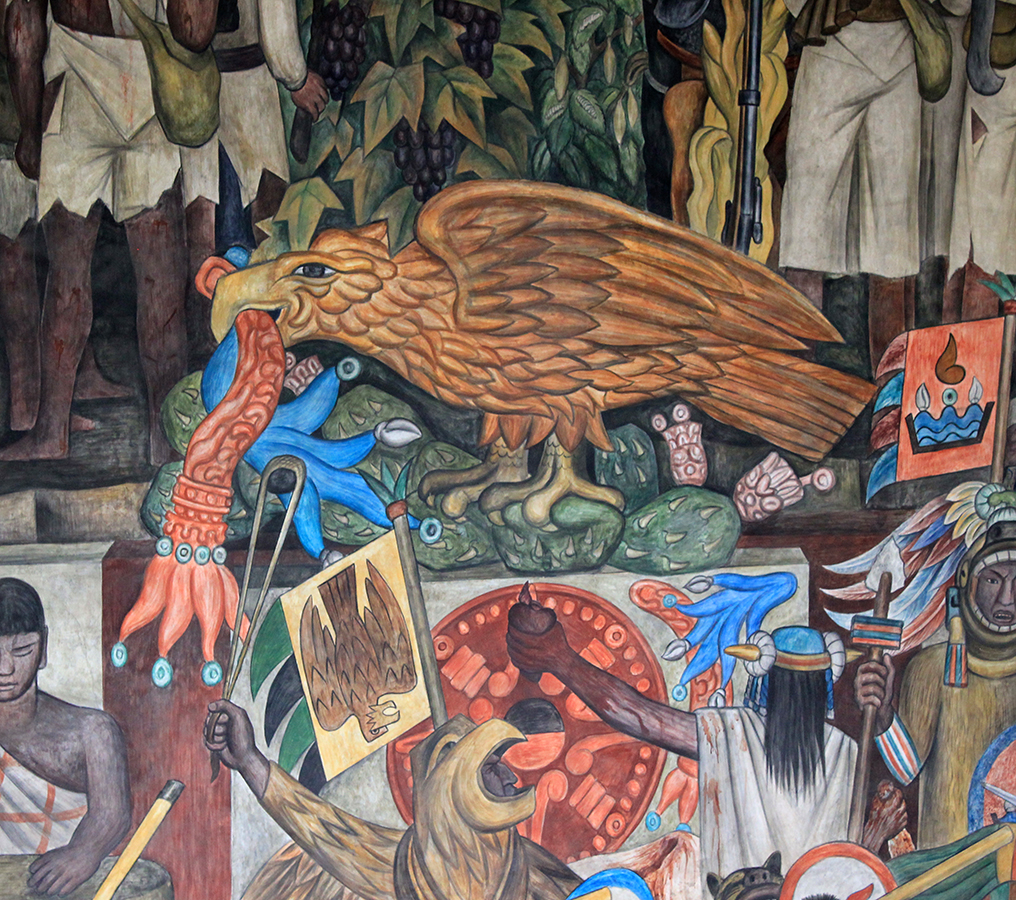
The History Of Mexico Diego Rivera S Murals At The National Palace Smarthistory
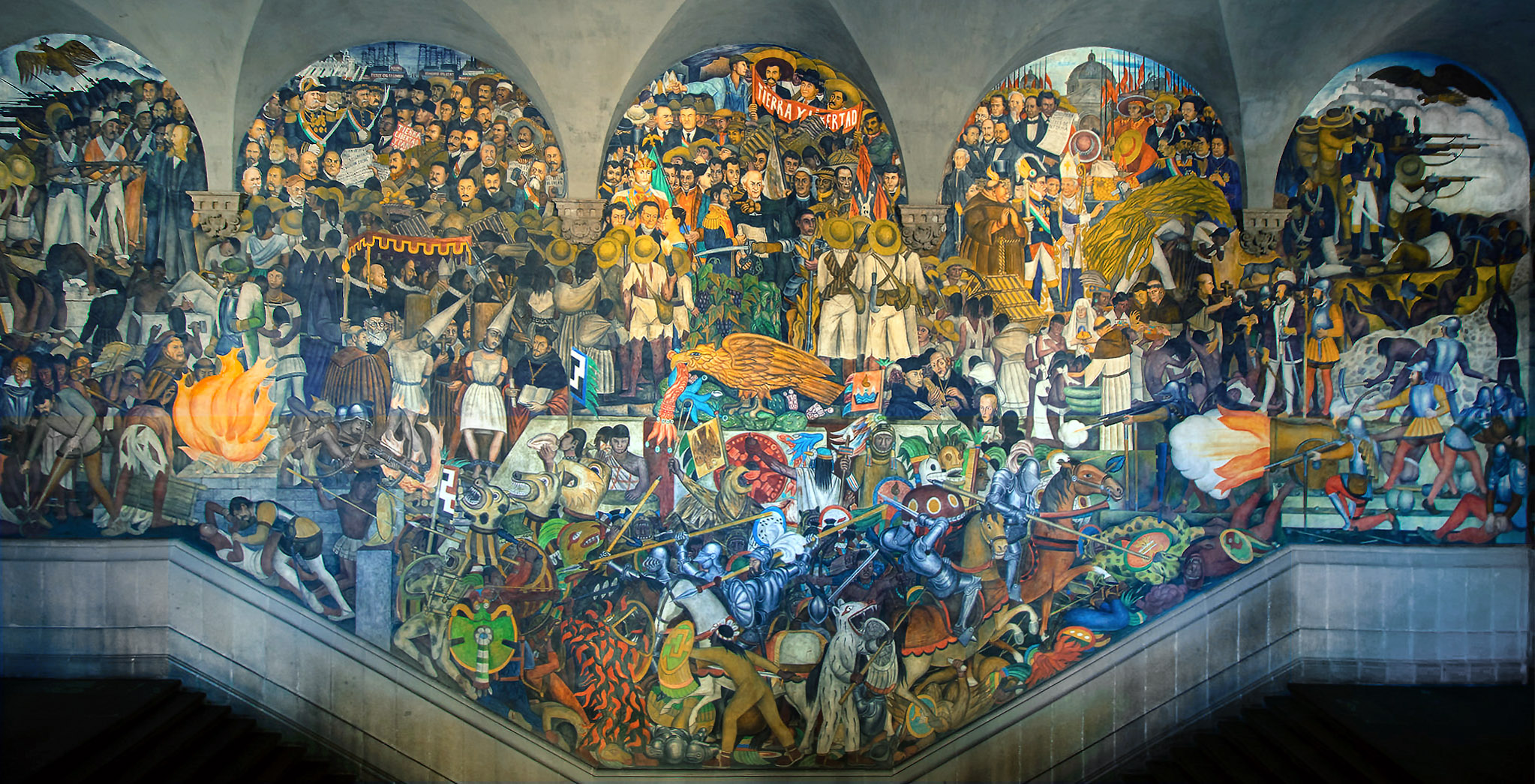
The History Of Mexico Diego Rivera S Murals At The National Palace Smarthistory

Diego Rivera Wikipedia

Mestizaje And Representations Of The Mexican Revolution In A Popular History Of Mexico And Azuela S The Underdogs Benjamin S Site

Occupy Moma Diego Rivera S Populist Murals Reunited Big Think

How Diego Rivera Tried To Paint The Future Art Phaidon

Revolution By Diego Rivera Mexico City Photo Eldar Kadymov Photos At Pbase Com

How Frida Kahlo And Diego Rivera Defined Mexican Art In The Wake Of Revolution Smart News Smithsonian Magazine
.jpg?w=380)
An Expert Guide To Diego Rivera Christie S
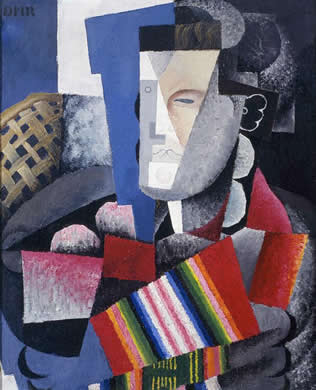
Diego Rivera

Arth 397a Special Topic Mexican Muralism Ahva The Department Of Art History Visual Art Theory
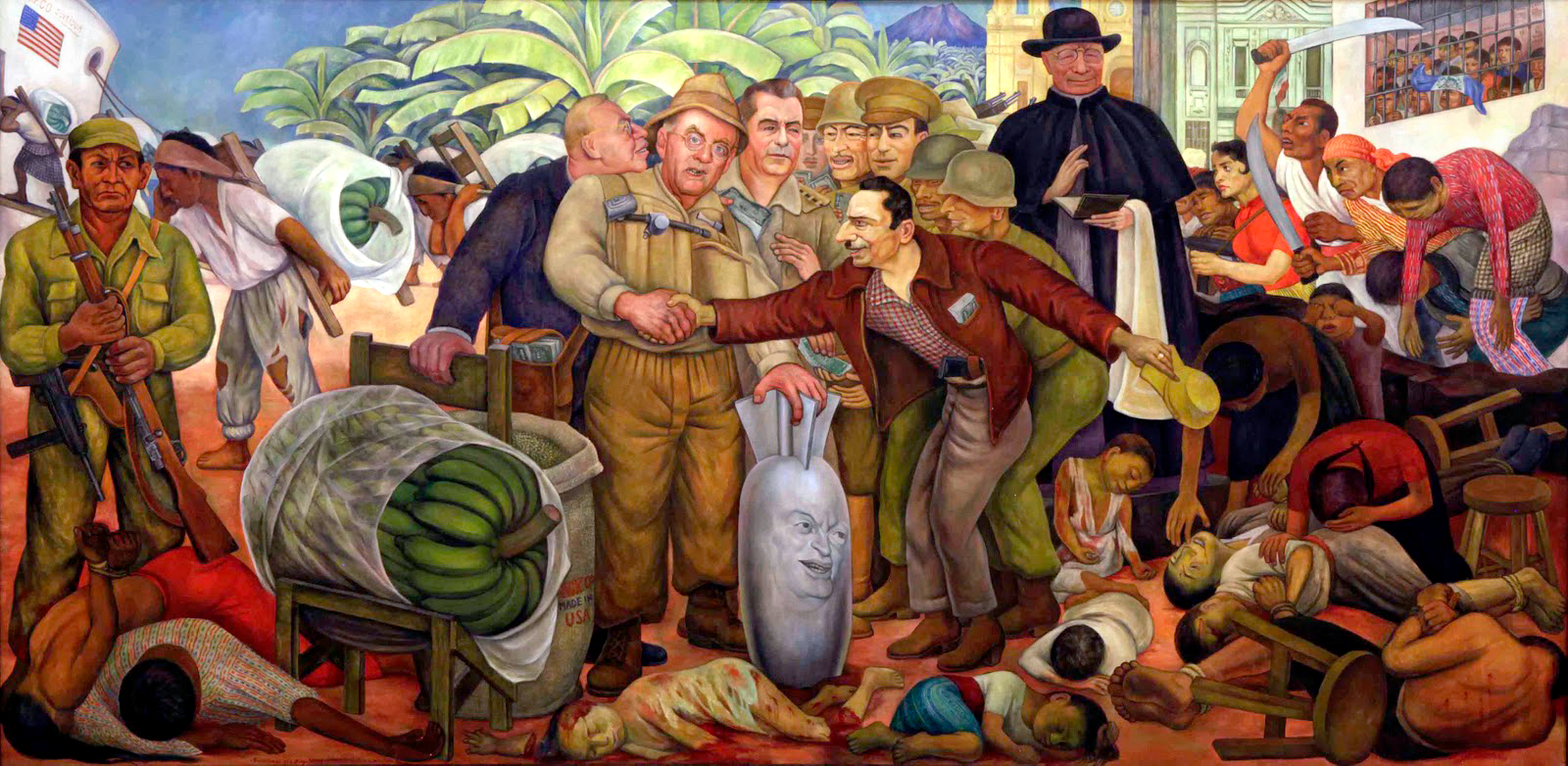
Diego Rivera

Revolutions And Revival

Diego Rivera Art And Music Of The Mexican Revolution

Diego Rivera S 5 Most Iconic Works Artsy
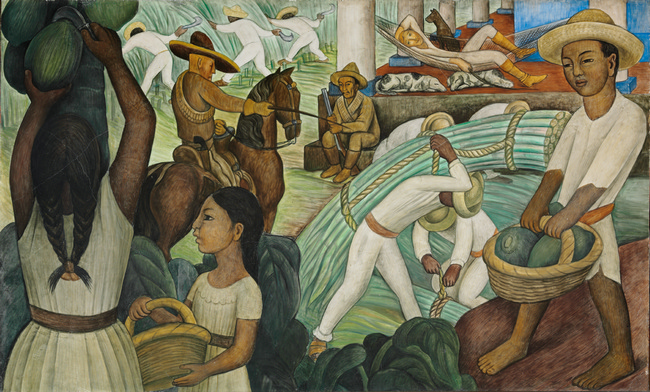
The Socialist Art Of Diego Rivera Resources Research

Diego Rivera S 5 Most Iconic Works Artsy

Diego Rivera Mexican Painter Britannica

Mexican Modernism And The Politics Of Painting Art And Design The Guardian
Q Tbn And9gcqjr5senqhtc8dytv 02lfforaq5k7eprzvqtj4ftfw7y6l9vpd Usqp Cau

Detroit Diego Rivera And The Worth Of Art Pandaemonium

Pyfraxals5bm
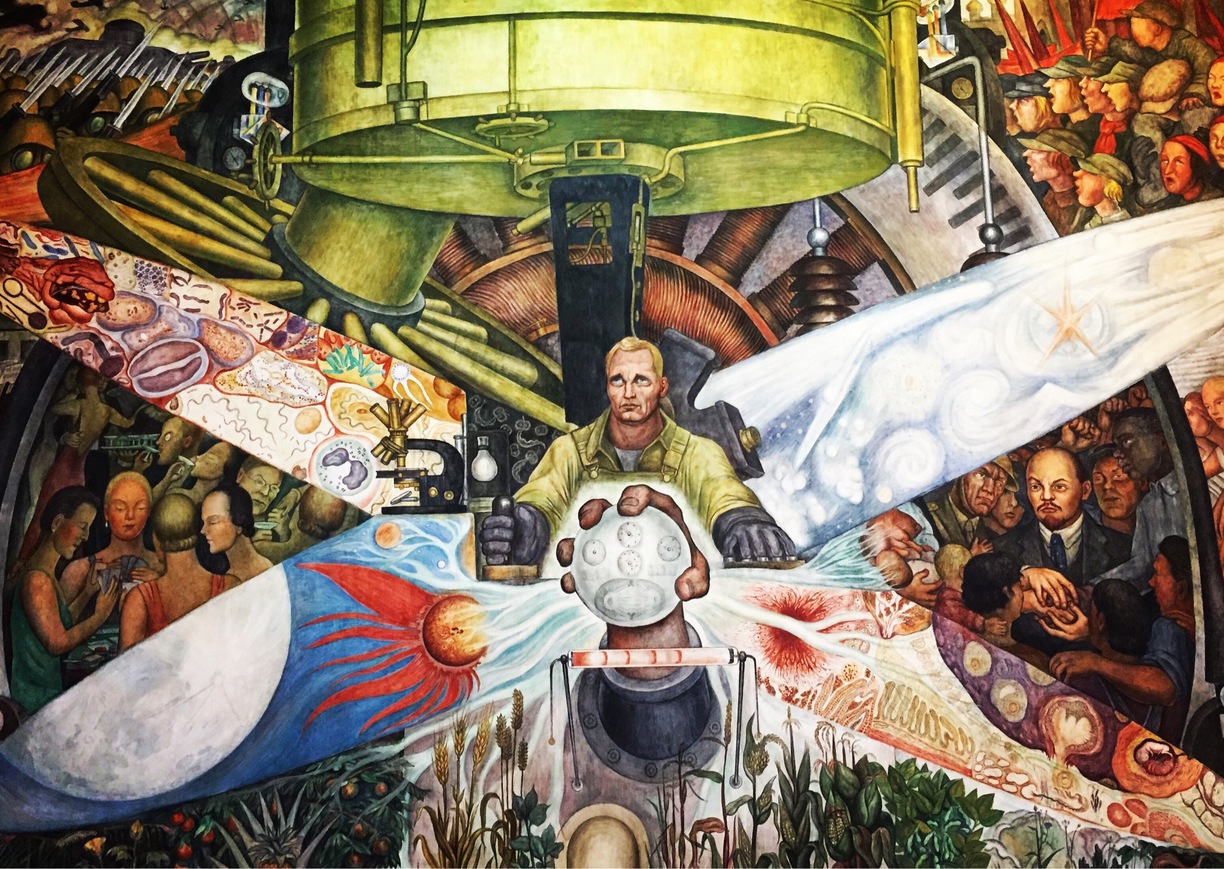
12 Of The Most Famous Paintings By Diego Rivera Artisticjunkie Com

7 Famous Diego Rivera Mural Paintings Widewalls

Glass Reviews Diego Rivera Complete Murals The Glass Magazine

The Mexican Revolution An Economic And Social Revival The Toro Historical Review

Magnificent Diego Rivera Murals In Mexico City And Breakfast Playas Y Plazas
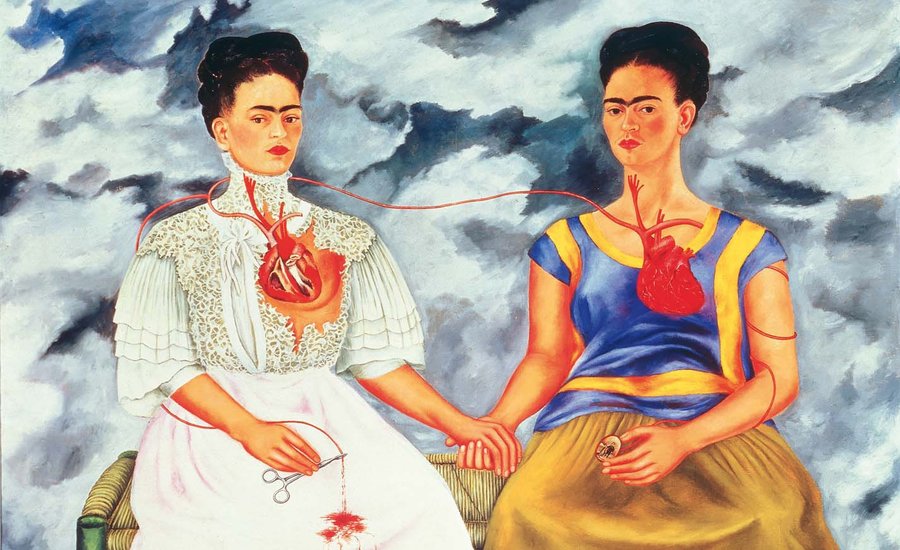
What Was The Mexican Renaissance Post Revolutionary Murals And Messages From Kahlo Rivera And More Art For Sale Artspace

Mexican Modernism And The Politics Of Painting Art And Design The Guardian

Diego Rivera Mural Mexican Revolution Mural Travel Fun Mexican Revolution

Mexican Muralism Painting Art On Walls Multnomah County Library

Los Tres Grandes A Look Inside The Rich History Of Mexican Mural Art Ipaintmymind

Don T Say It Paint It Mexico S Muralist Movement Revolution Art Latin American Art Mexican Art
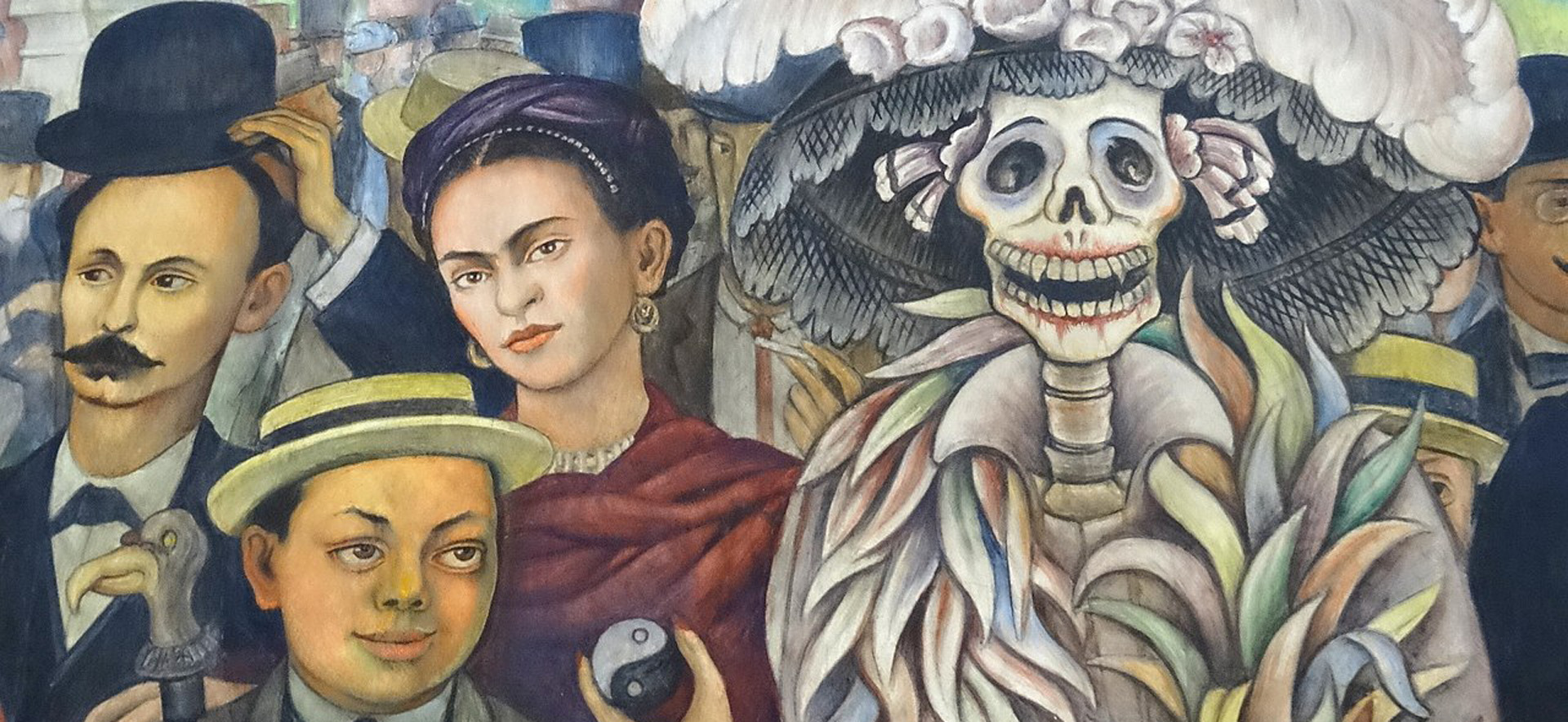
Painted Manifestos The Murals Of Mexican Modernism Schirn Mag
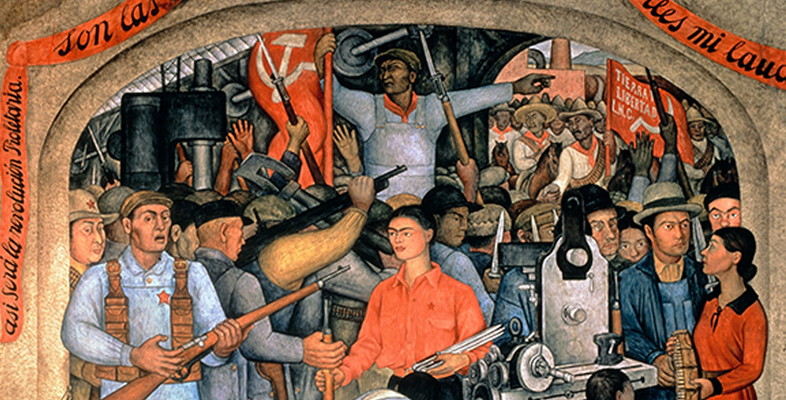
Art And The Mexican Revolution Openlearn Open University A344 1

Mexican Muralists Impact On American Artists On View At The Whitney Observer

An Introduction To Diego Rivera In 10 Artworks
European Artist At The Dawn Of The Mexican Revolution Notes On Diego Rivera By Kerry Dooley Young Dec Medium
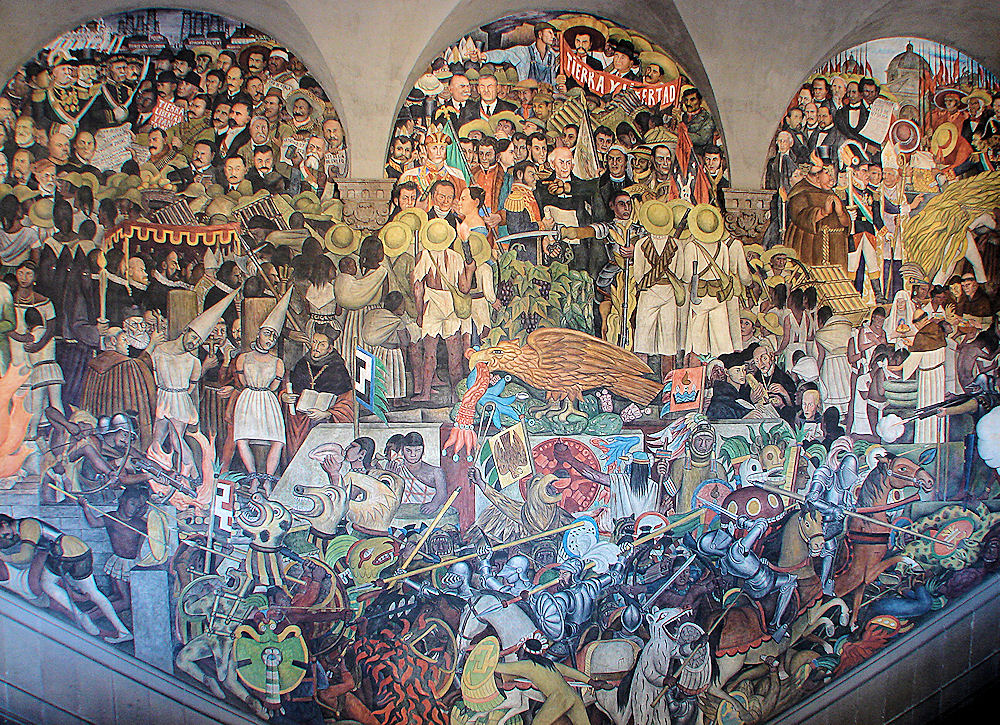
Historical And Cultural Context Lesson Stardust Coyote

The History Of Mexico Mural Wikipedia
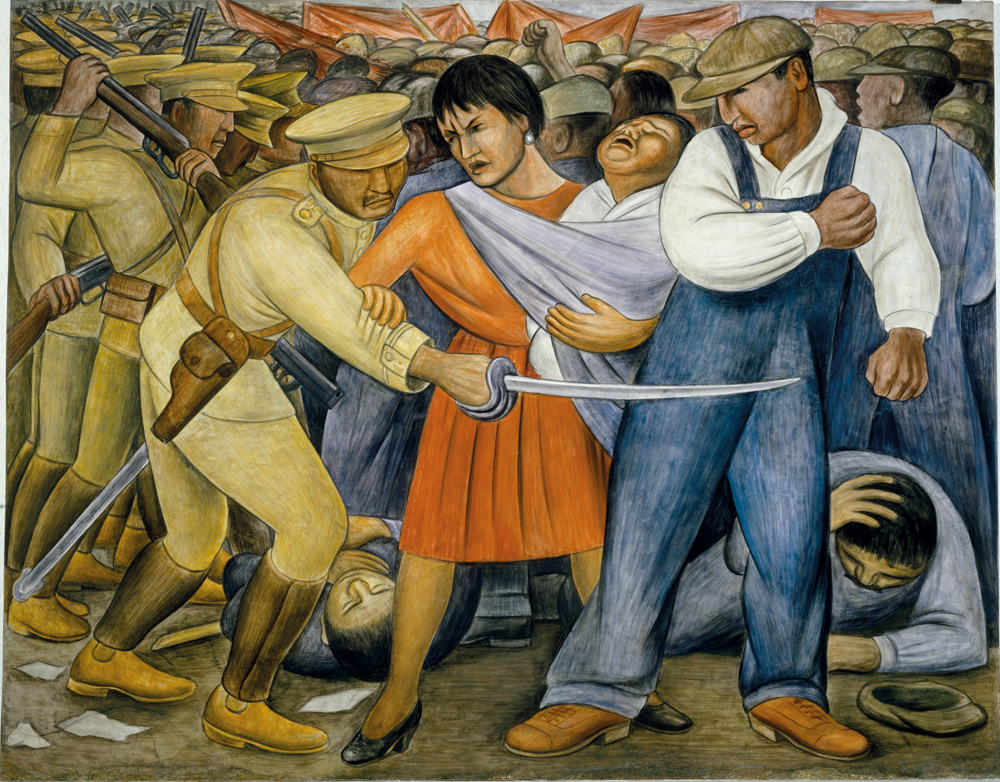
Diego Rivera Murals For The Museum Of Modern Art 1f Mediaproject

Diego Rivera Mexican Painter Britannica
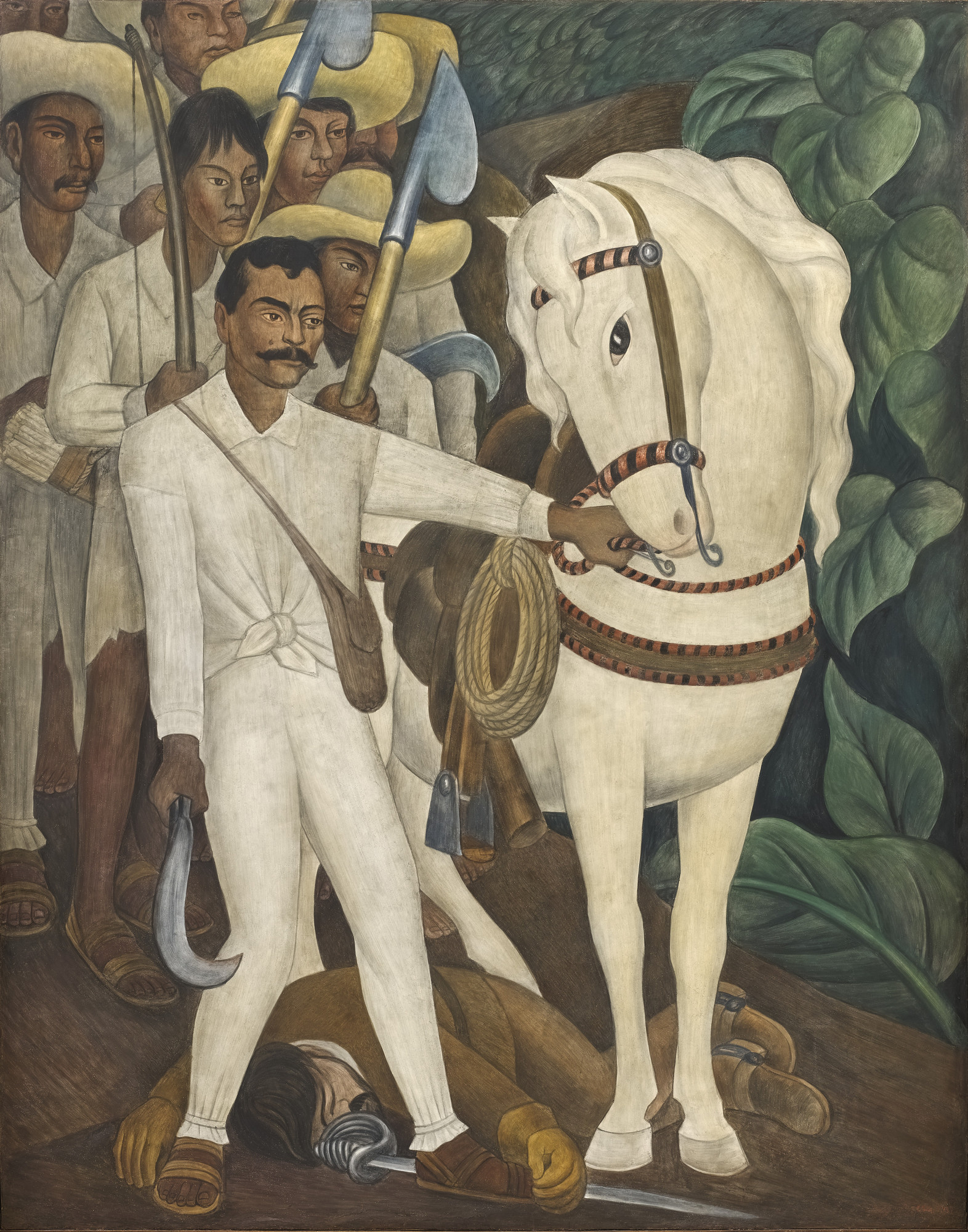
Diego Rivera Agrarian Leader Zapata 1931 Moma

Art The Mexico Of My Father Center For Latin American Studies Clas
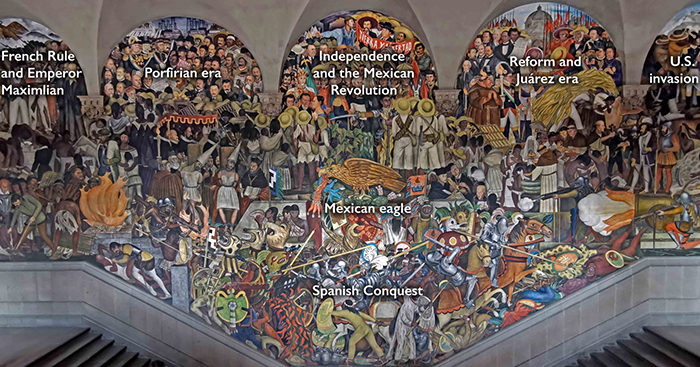
The History Of Mexico Diego Rivera S Murals At The National Palace Article Khan Academy
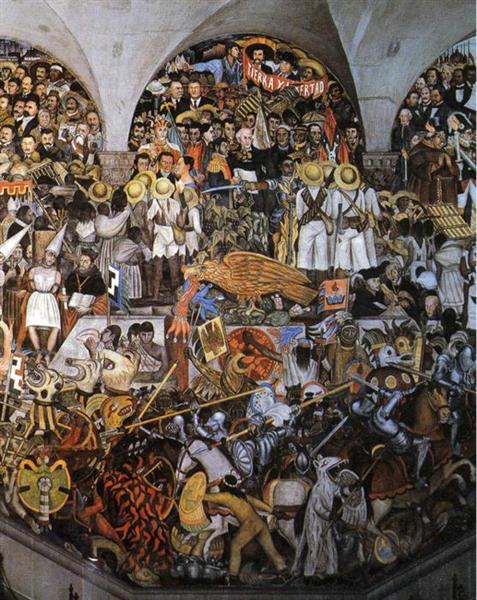
The History Of Mexico From Conquest To The Future 1929 1935 Diego Rivera Wikiart Org
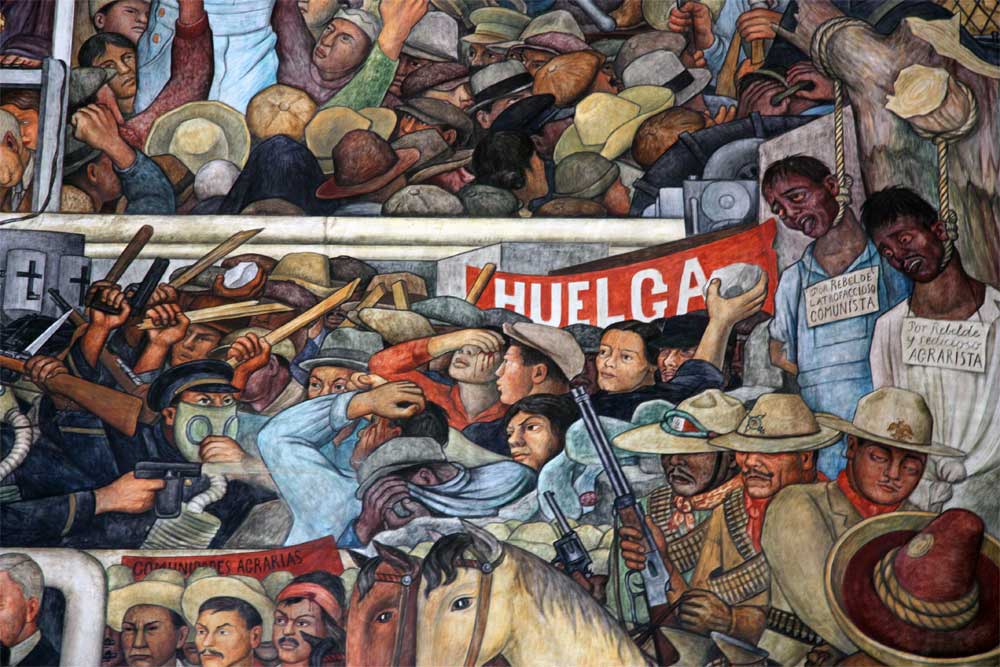
May 31st Psn What Are The Radical Roots Of Your Oral History Practice Groundswell

Street Art Mexican Muralism United Streets Of Art

Paint The Revolution Offers Mexican Muralist Muscle And Delicate Beauty The New York Times
Q Tbn And9gcsbstuh65z7pr6fw5mfyqr4elfwtipzyet xpe6akqncbwolt Usqp Cau

Revolution In Art Mexican Muralism Mexican Muralism
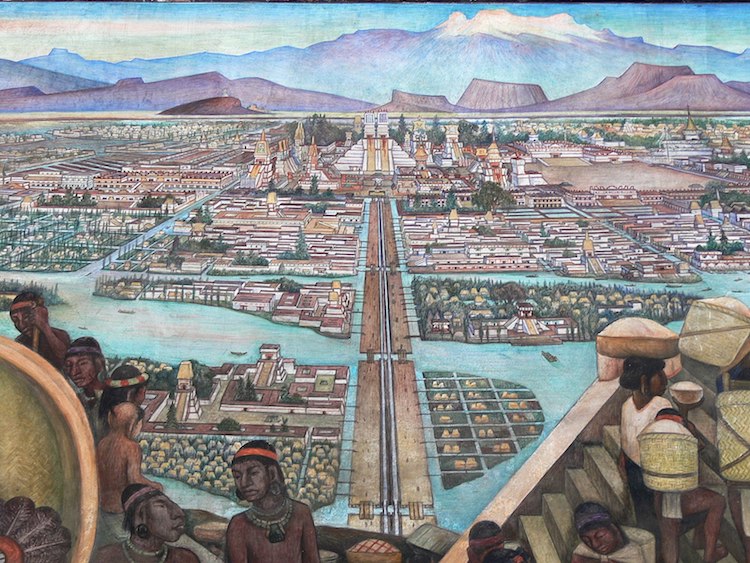
Diego Rivera Murals Exploring The Artist S Role In Mexican Muralism

Vida Americana Mexican Muralists Remake American Art 1925 1945 Linea

Art The Mexico Of My Father Center For Latin American Studies Clas

Paint The Revolution Offers Mexican Muralist Muscle And Delicate Beauty The New York Times
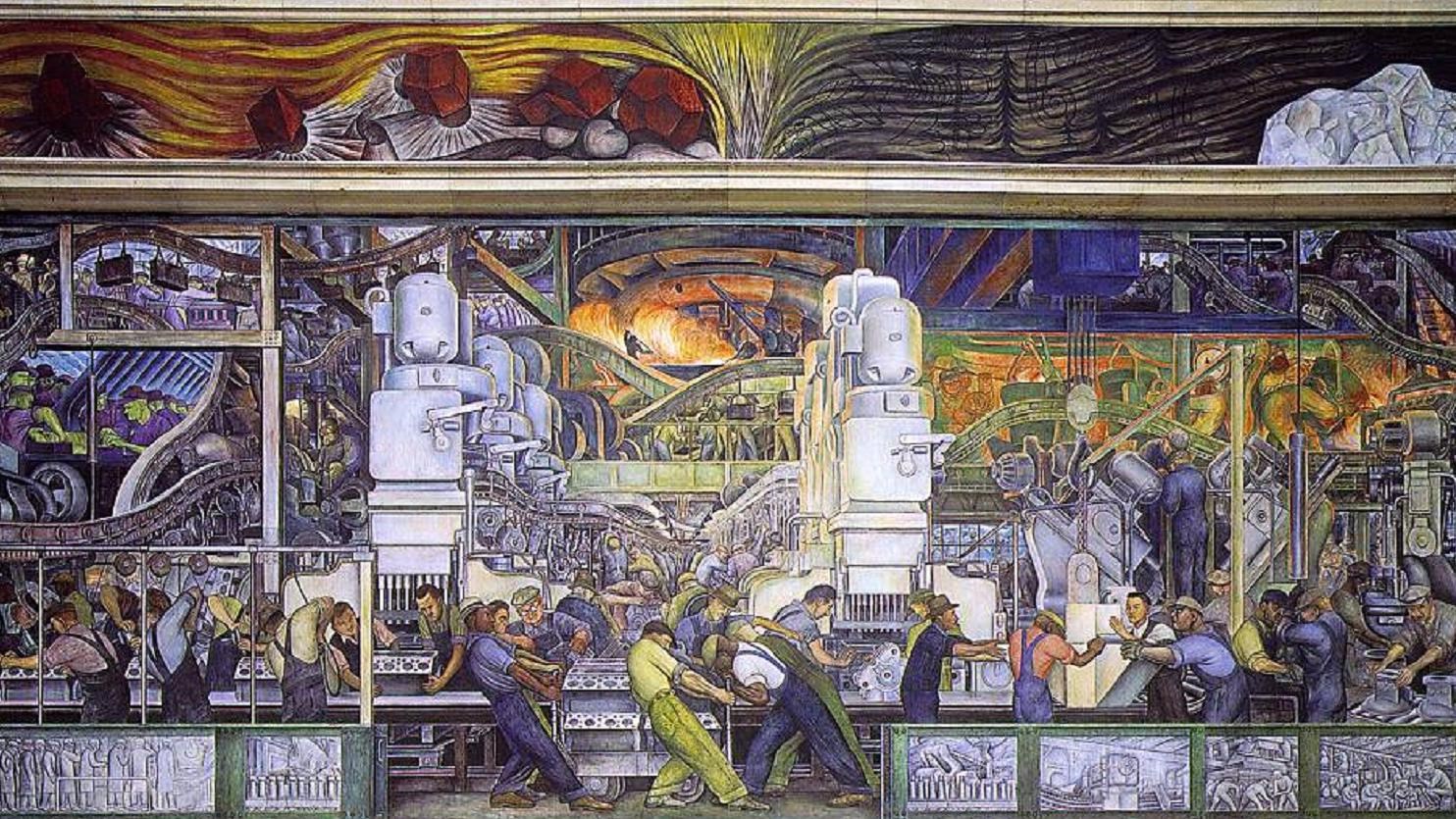
Detroit Industry Murals Detroit Institute Of Arts U S National Park Service
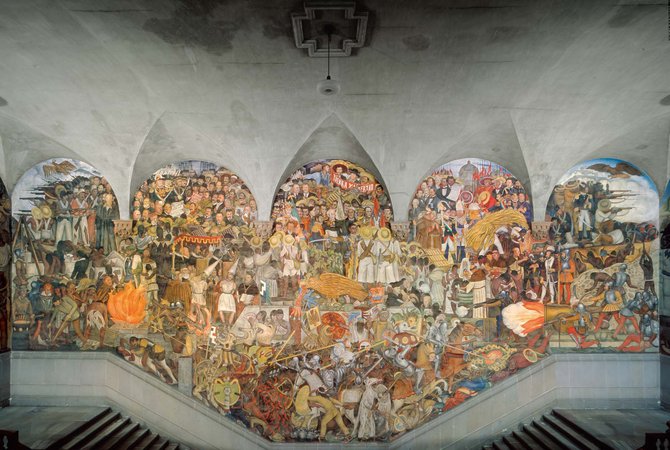
What Was The Mexican Renaissance Post Revolutionary Murals And Messages From Kahlo Rivera And More Art For Sale Artspace

Image Of Rivera Revolution 1926 Completion Of The Agrarian Revolution A School Formed After The Mexican Revolution Detail From A Mural By Diego Rivera At The Ministry Of Education In Mexico
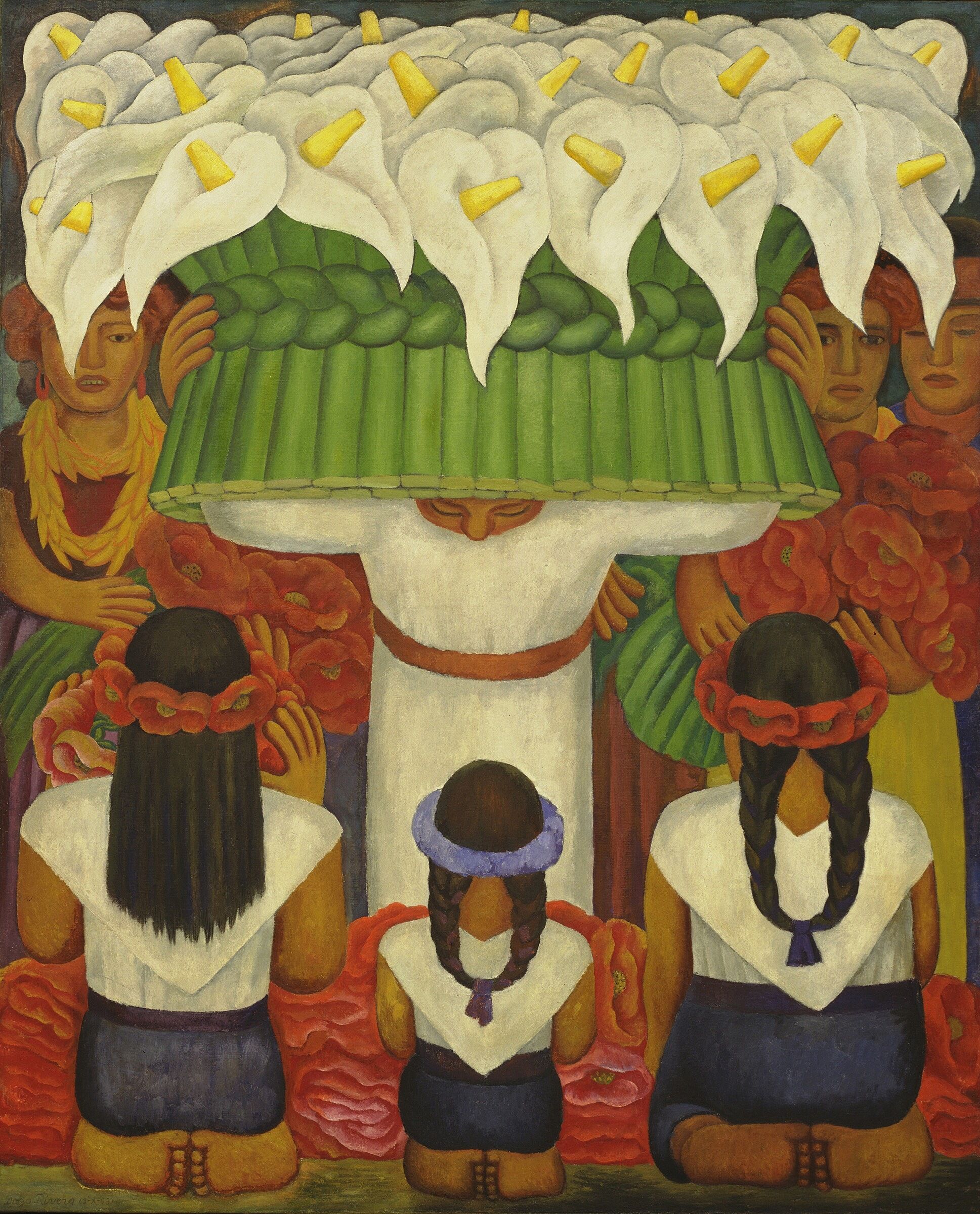
America Mexican Muralism And Art In The United States 1925 1945 Whitney Museum Of American Art
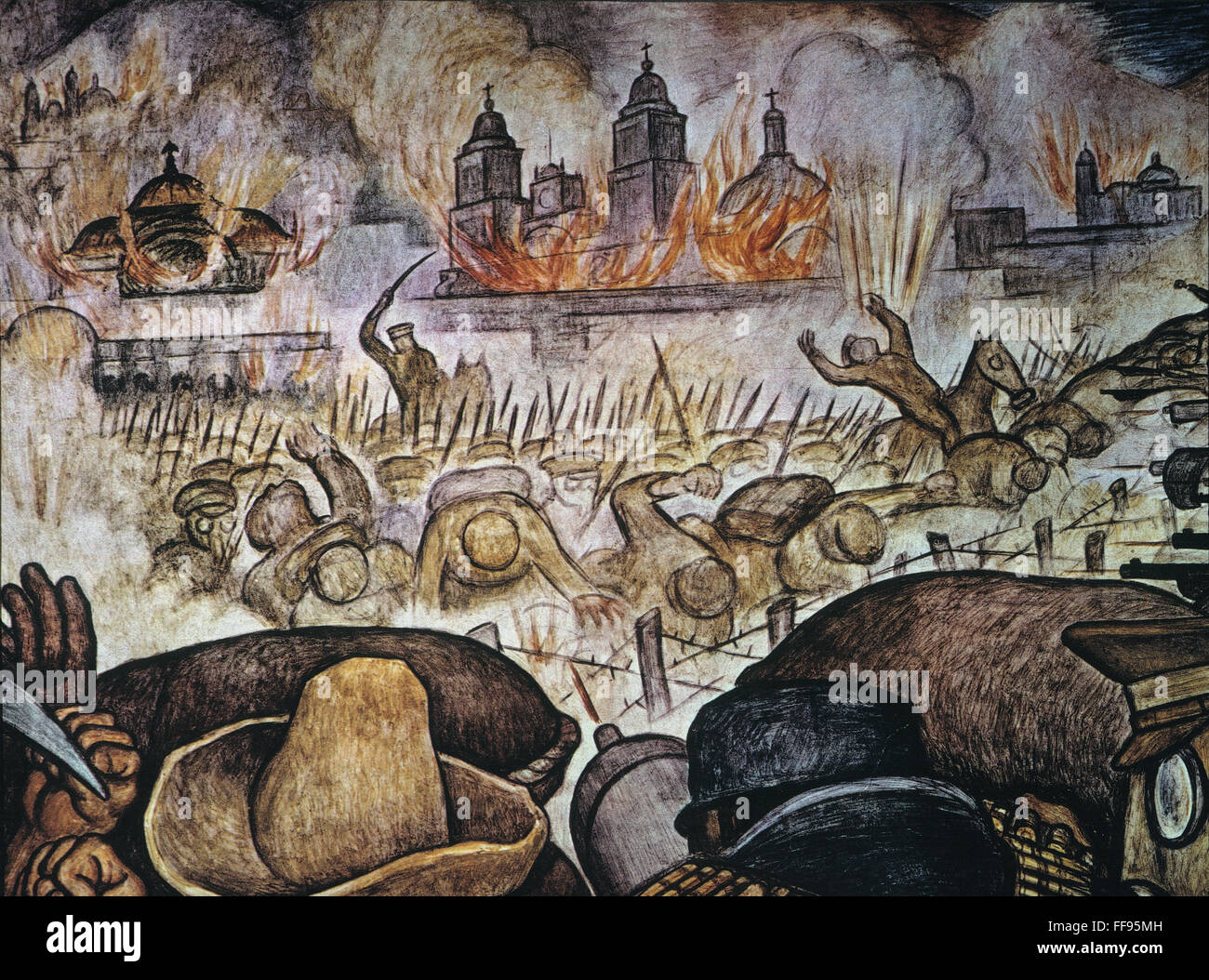
Rivera Mexican Revolution N History And Perspective Of Mexico Stock Photo Alamy

How Mexican Muralists Shaped th Century American Art Time

Art And The Mexican Revolution 2 History Of Mexico Openlearn Open University A344 1

Palacio Nacional Mural Diego Rivera Mural In Mexico City

How Mexico Formed A United National Identity Through Art

5 Ways To See The Best Diego Rivera Murals Mexico City Has To Offer

Diego Rivera Mexican Painter Britannica
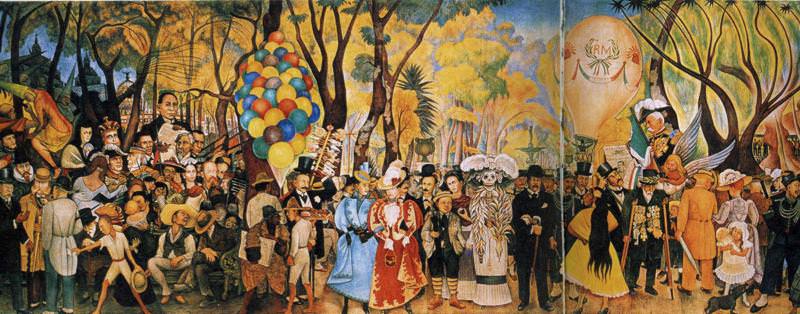
10 Most Famous Works By Diego Rivera Learnodo Newtonic
Diego Rivera S Cubist Masterpiece Arrives At Lacma Baltimore Sun
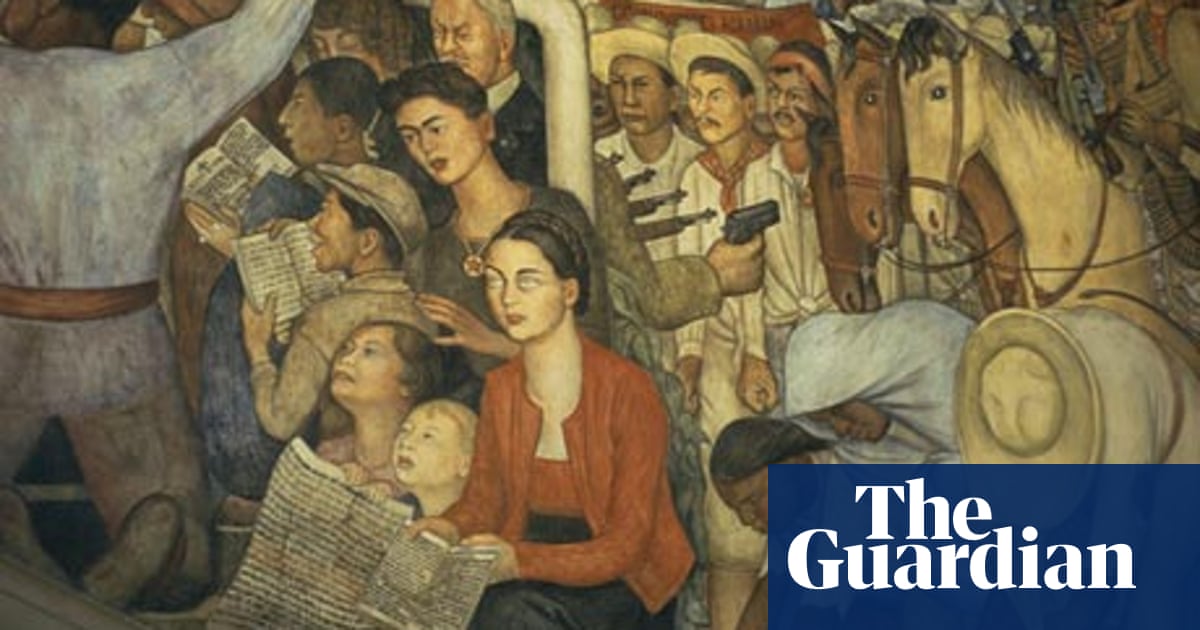
Mexican Modernism And The Politics Of Painting Art And Design The Guardian

La Historia De Mexico De Diego Rivera Attractions Cdmx

Diego Rivera Art And Music Of The Mexican Revolution

Mexico And Beyond Laura S Photo Journey Diego Rivera The Man And His Art

Murals Inside The National Palace Painted By Diego Rivera Mexico Citythe Murals Decorate The Stairwell And Middle Storey Of The Main Courtyard And Depict Mexican History From The Life Of Tenochtitlan Through To

Marxist Nationalist Feminist The Art And Politics Of Frida Kahlo

Zapata Mexico Art Mexican Culture Mexican Art
Q Tbn And9gcthy0vcurvxvsnmkap8s4wqv7bnrc57rf2g4fpn8np87neenfxm Usqp Cau
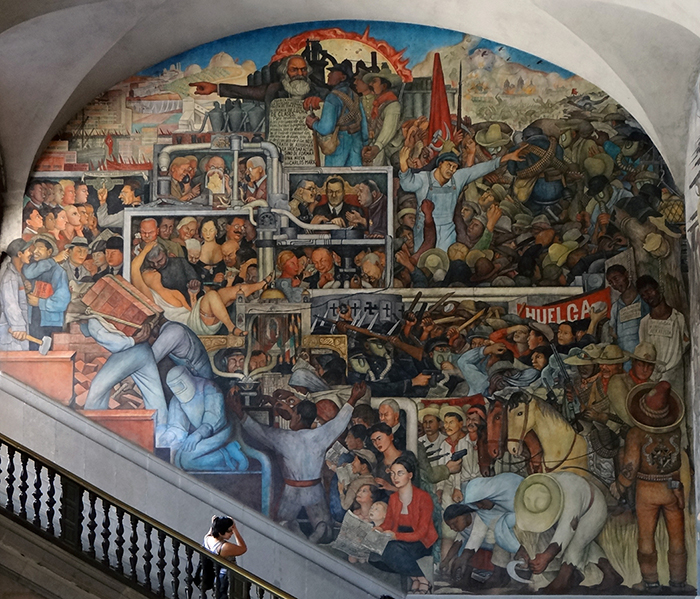
The History Of Mexico Diego Rivera S Murals At The National Palace Article Khan Academy
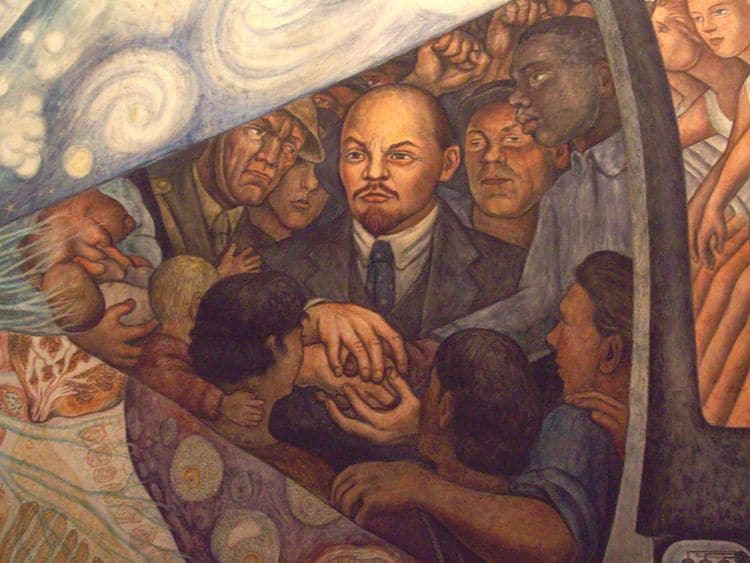
Diego Rivera Murals Exploring The Artist S Role In Mexican Muralism

Frida Kahlo Diego Rivera And Mexican Modernism Wall Street International Magazine

Mural Paintings Mexican Revolution 1921 1960 Art Diego Rivera Orozco Siqueiros
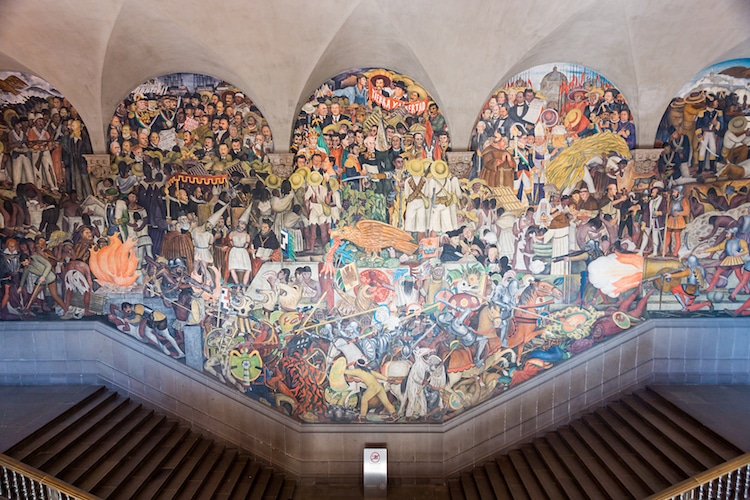
Diego Rivera Murals Exploring The Artist S Role In Mexican Muralism

7 Famous Diego Rivera Mural Paintings Widewalls

Artists Helped Make The Mexican Revolution An International Phenomenon The Washington Post

Art And The Mexican Revolution 2 History Of Mexico Openlearn Open University A344 1
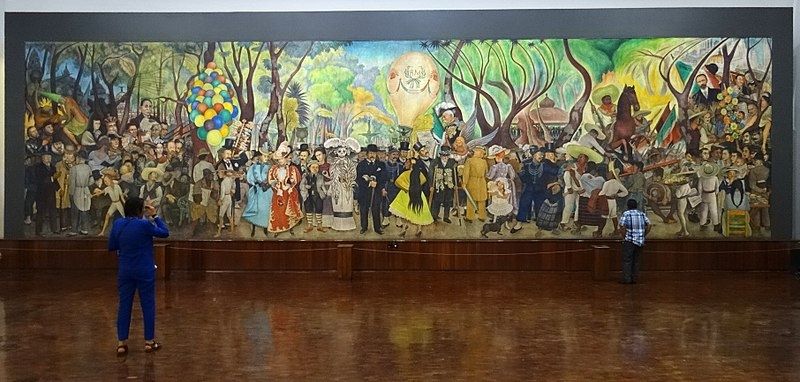
Diego Rivera Artworks Famous Paintings Theartstory

Amazon Com Picture Peddler Triumph Of The Revolution Distribution Of Food Diego Rivera Mexican Mexico Print Poster 30x27 Posters Prints

Glass Reviews Diego Rivera Complete Murals The Glass Magazine
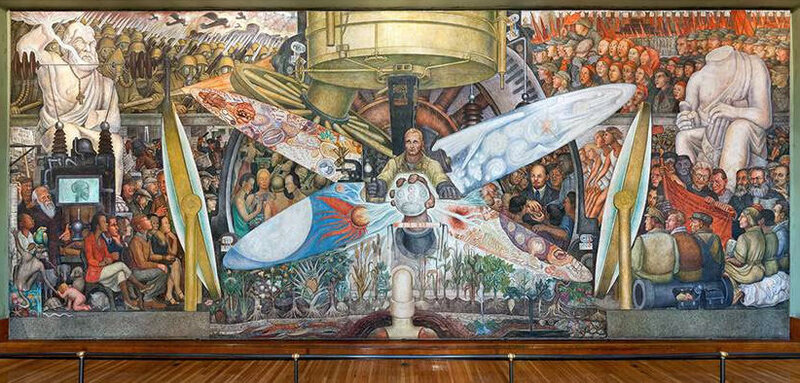
Destroyed By Rockefellers Diego Rivera Mural Trespassed On Political Vision Npr

Updated Research Topic
.jpg?w=380)
An Expert Guide To Diego Rivera Christie S
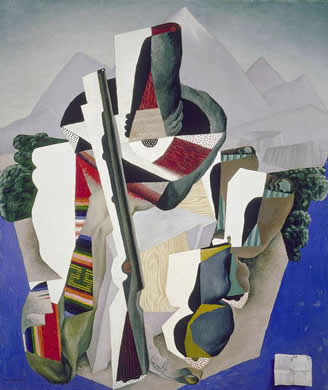
Diego Rivera
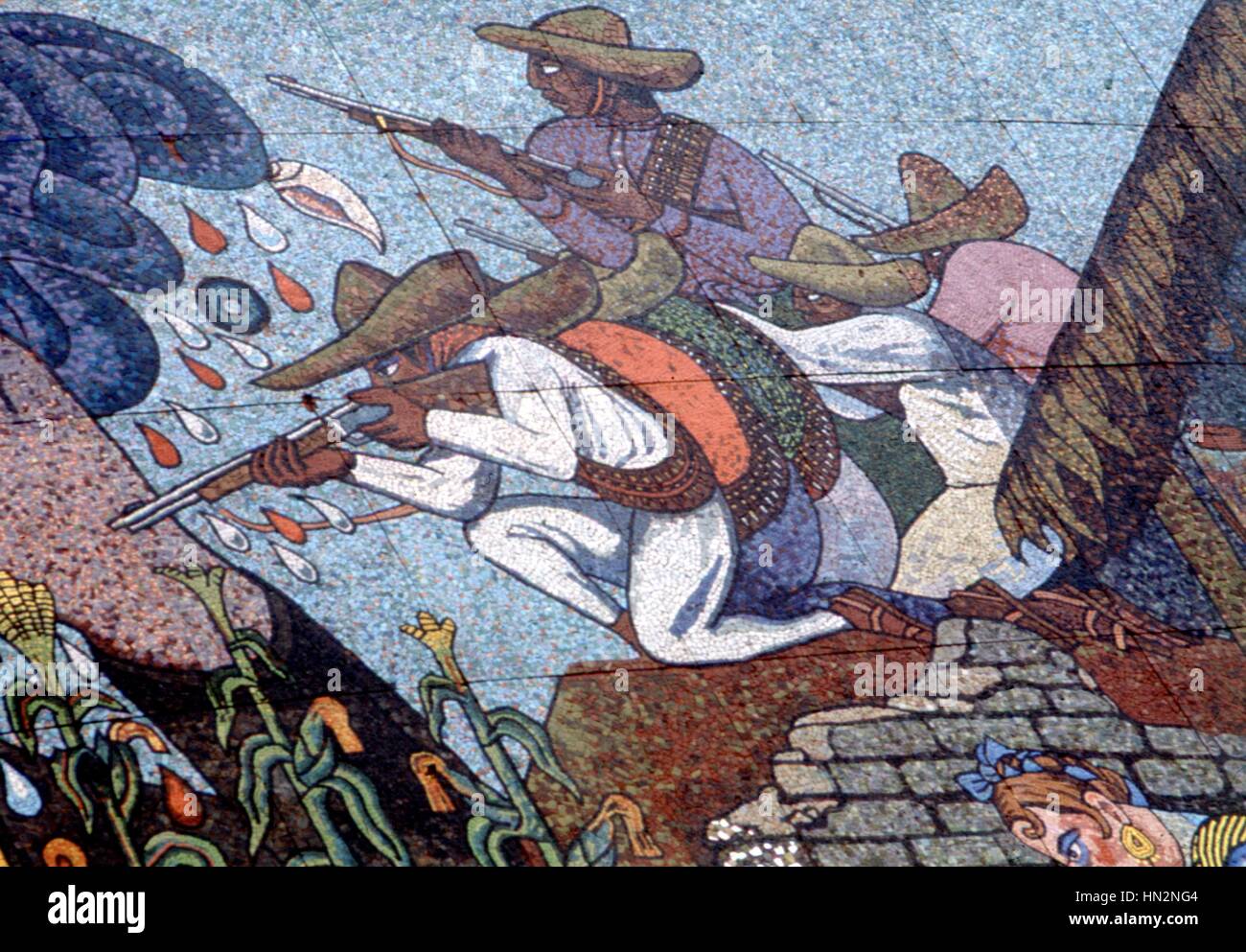
Mosaique De Diego Rivera Frescos Of The Teatro Insurgentes Mexico Stock Photo Alamy
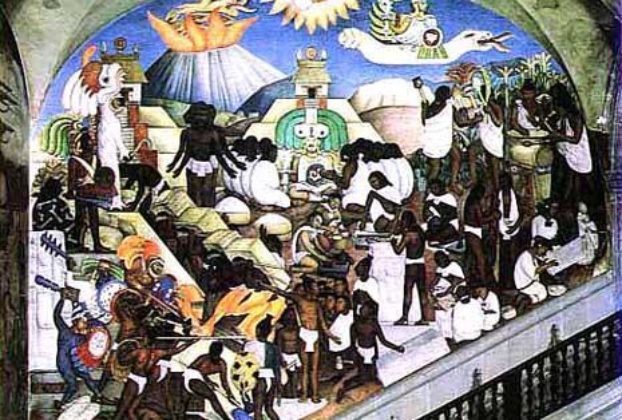
Diego Frida And The Mexican School Mexconnect

Pin Op Day Of The Dead
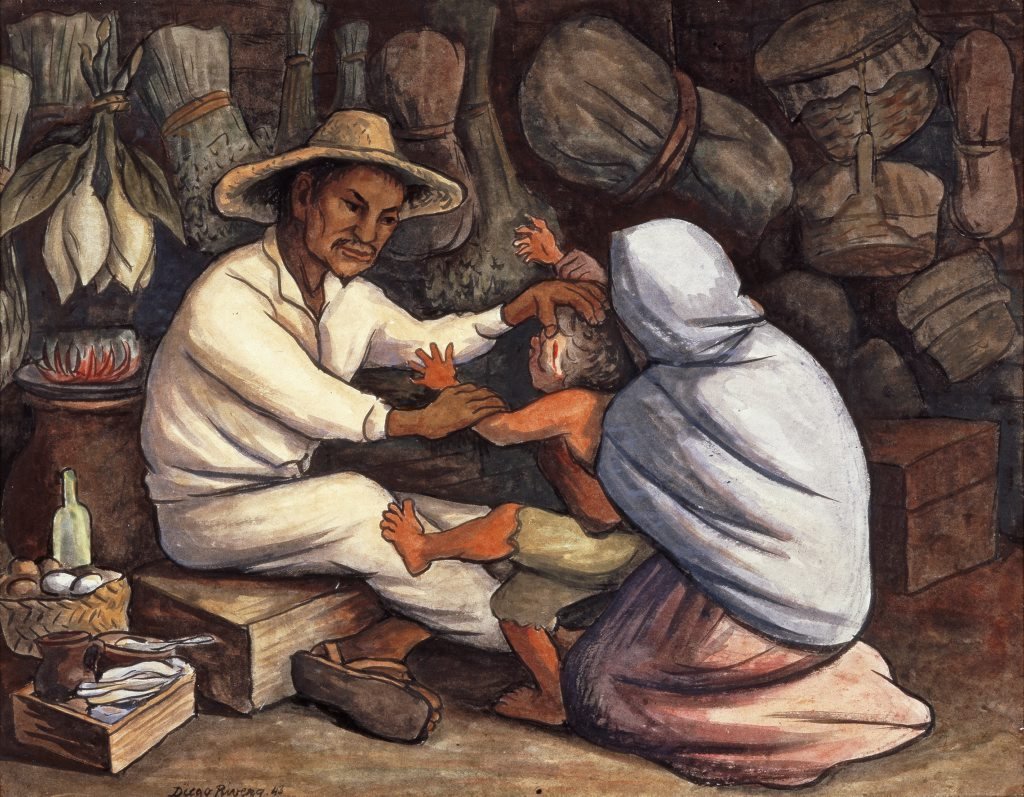
Frida Kahlo And Diego Rivera Art Gallery Nsw

Diego Rivera S 5 Most Iconic Works Artsy

5 Ways To See The Best Diego Rivera Murals Mexico City Has To Offer



